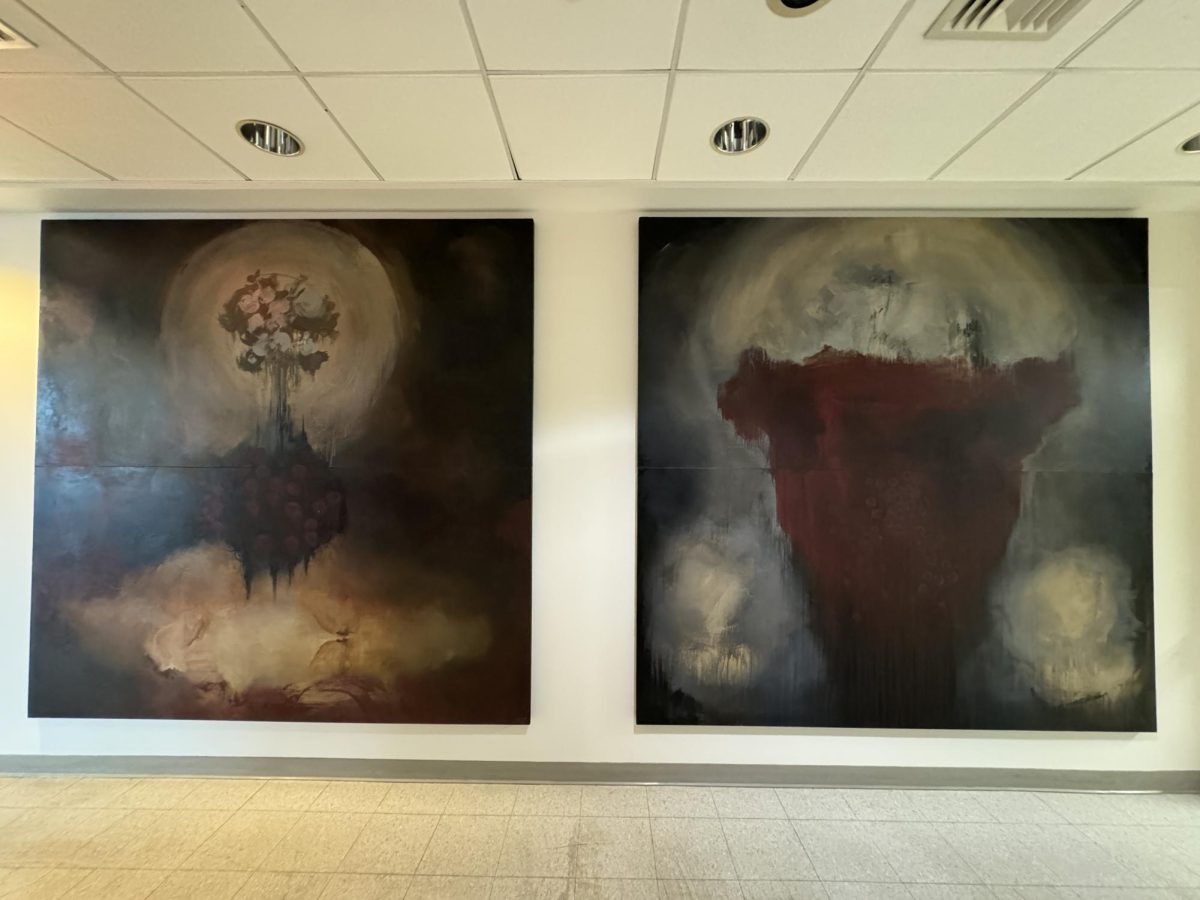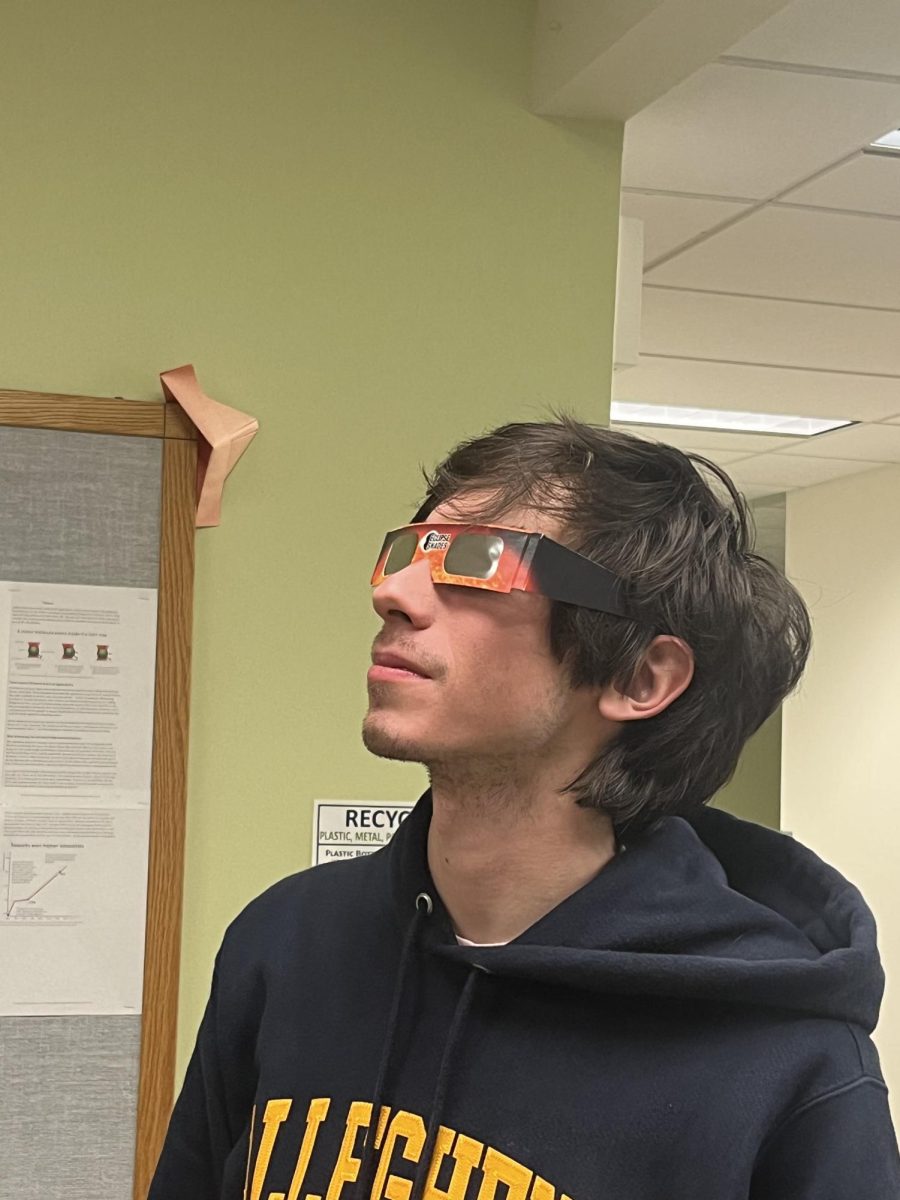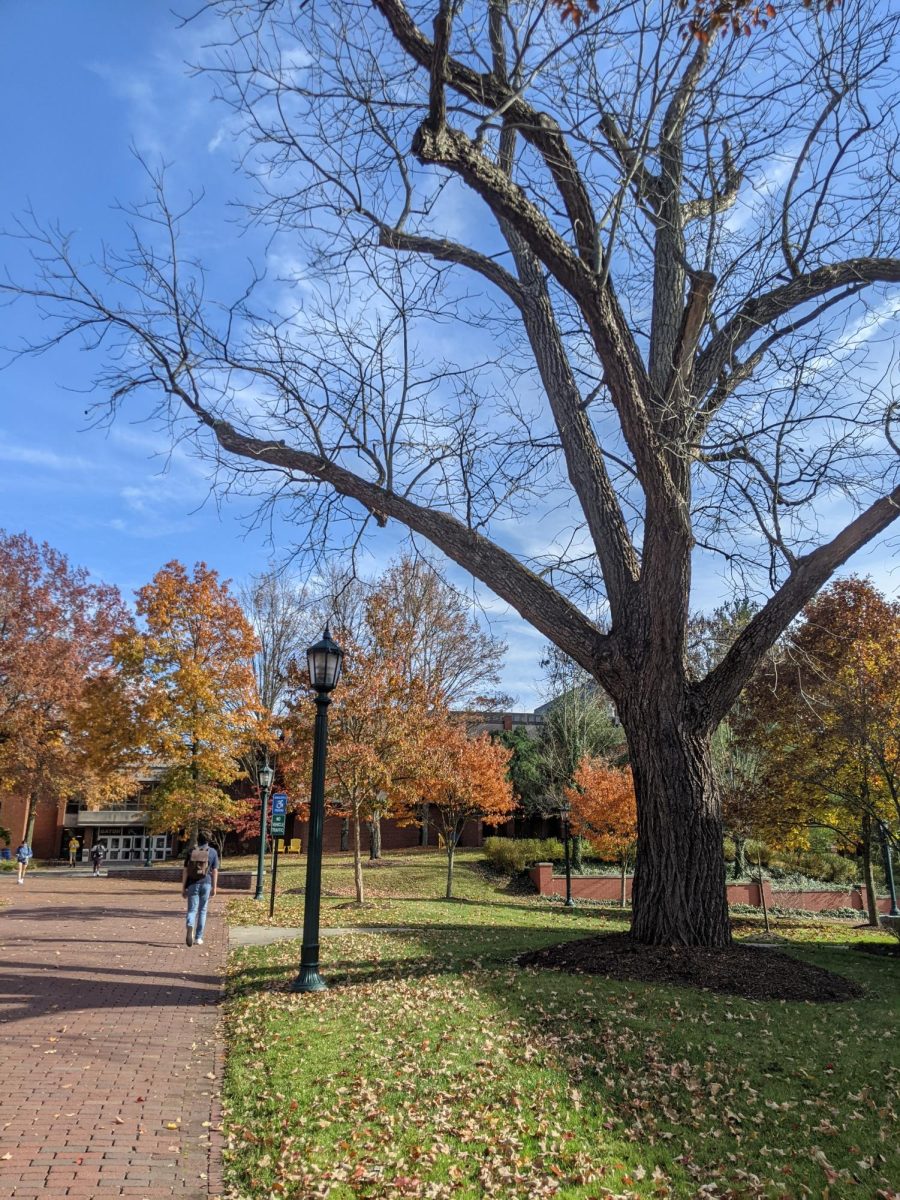Physicists with Harvard University and Massachusetts Institute of Technology (MIT) recently developed matter from the interaction of two photons, causing the particles to attract each other and bind together into a molecule.
This scientific breakthrough startled scientists since it appears to contradict the fundamental ideas that govern our current knowledge of light and photons, which are considered to be massless particles. This research is described in The Independent by researchers of the team as “pushing the frontiers of science.”
Photons are elementary particles that represent a single quantum of light; in other words, photons are light reduced to its smallest measurable components. Photons have wave-particle duality, meaning that they behave both as waves and particles, but they are fundamentally massless, stable and neutral. The massless nature of photons is what makes this discovery so unusual.
“Most of the properties of light we know about originate from the fact that photons are massless and do not interact,” Mikhail Lukin, Harvard physics professor, said in The Independent. “It’s a photonic interaction that’s mediated by the atomic interaction.”
The research, published in Nature on Sept. 25, focused on the cooling of rubidium, a highly reactive metal, in a vacuum so that the atoms were just barely above absolute zero, the temperature at which atoms do not move, about 460 degrees Fahrenheit below zero.
Photons were then shot at the atoms using a laser weak enough to only release a single photon at a time. When the photons left the atom cloud, they did so as a single molecule.
The singular photons slowed down as they entered the rubidium cloud, an expected result given that light slows as it passes through a medium.When tested with single photons, the photon exited with a relatively slow speed, having transferred some of its energy to the atoms.
However, when two photons were passed through, the clumped molecule resulted, a phenomenon described by the Rydberg blockade, a principle that limits the activity of photons.
By this concept, nearby atoms cannot be excited to the same energetic state, meaning that as one photon transferred energy to an atom, the second photon could not do the same to the surrounding atoms. The first photon then had to exit before the second could pass through, so in the end, the photons essentially pushed and pulled each other through.
“When these photons interact with each other, they’re pushing against and deflect each other,” Lukin said to International Business Times. “What we have done is create a special type of medium in which photons interact with each other so strongly that they begin to act as though they have mass, and they bind together to form molecules.”
Lukin and Dr. Vladan Vuletic, a physics professor with MIT and second head scientist with the team, had planned to investigate methods of delivering quantum information with the experiment.
While this result was perhaps unexpected, photonic bound states have been discussed theoretically before but had not been observed until now. Previously, two lasers pointed together would simply pass through each other.
Lukin and Vuletic wonder what sorts of applications this new information can be used for in the future. One significant application could be quantum computing which, unlike digital computing, relies on transistors and quantum properties to represent data.
The theoretical and small-scale practical experiments already done with quantum computing suggest that it could solve complicated algorithms significantly faster than classical computers.
Photons serve as the best carrier of quantum information, as Thibault Peyronel, MIT grad student on the research team, said to NBC News: “[photon interactions are] the cornerstone for building photonic quantum computers.”
However, the major obstacle in their use for quantum computing is the photons’ lack of interaction. These quanta interactions are necessary for quantum computing as quantum systems require the exchange of information for processing, but without these interactions, no basic quantum logic systems can be built.
“Our main goal is to gain ultimate control of light for quantum computing,” Lukin said to Popular Mechanics.
Lukin has also suggested to the Harvard Gazette that even classical computing could benefit from this quantum breakthrough given the challenges that power-dissipation poses for computer chips where optical systems that convert light to energy could help.
Other practical applications involve the creation of three-dimensional structures such as a crystal entirely out of light.
“What it will be useful for we don’t know yet,” said Lukin to The Independent, “but it’s a new state of matter, so we are hopeful that new applications may emerge as we continue to investigate these photonic molecules’ properties.”
While an accidental discovery, the research has seemingly contradicted the current understanding of light, despite the theoretical discussions of such an event. However, with this success, Lukin and Vuletic have provided a foundation for quantum computing to develop further, these photonic interactions opening the door for future quantum information processing.





